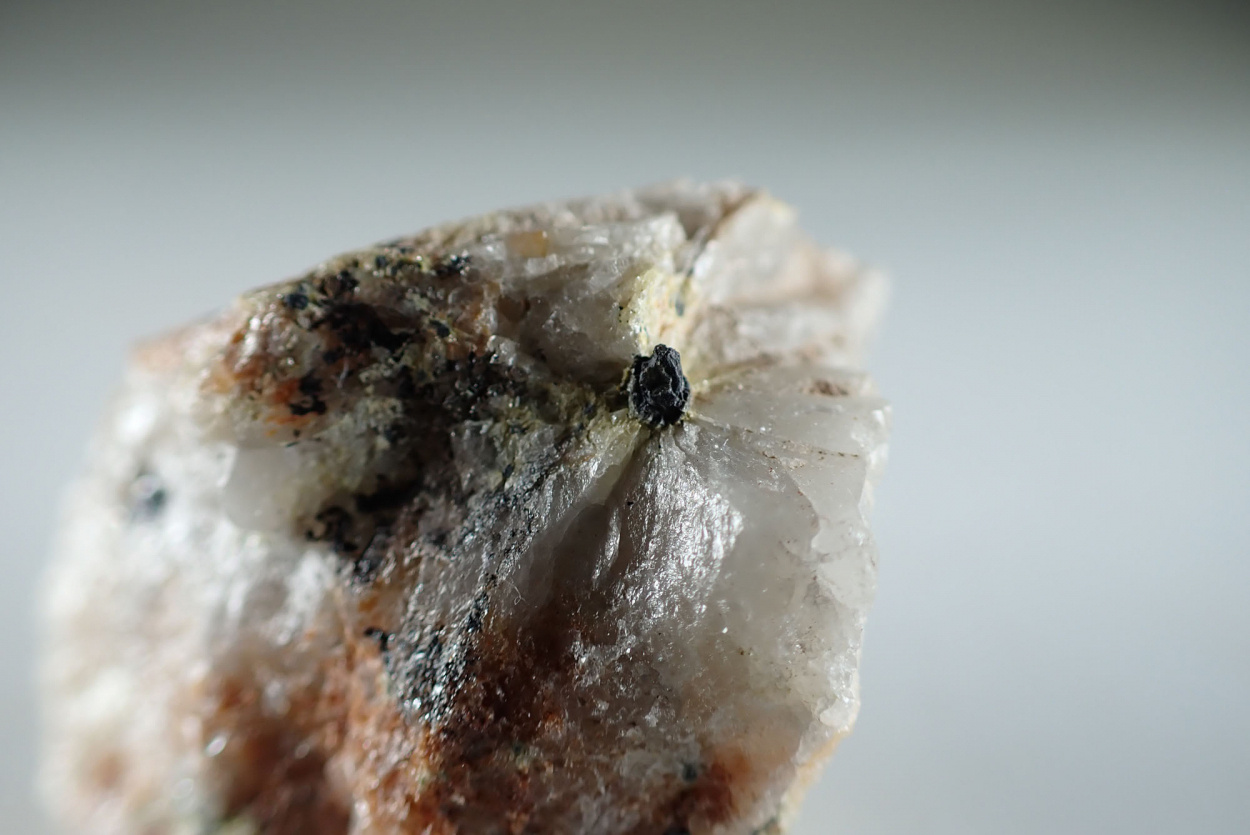
Zavaritskite is a rare mineral that often intrigues both geologists and mineral enthusiasts. Found in specific locations around the world, this mineral has unique properties that make it stand out. But what exactly makes Zavaritskite so special? Its composition includes elements like fluorine and aluminum, giving it a distinct crystalline structure. Named after the Russian geologist Alexander Zavaritsky, this mineral has a fascinating history tied to geological discoveries. Whether you're a student, a hobbyist, or just curious, learning about Zavaritskite can be both educational and exciting. Let's dive into 30 intriguing facts about this captivating mineral!
Key Takeaways:
- Zavaritskite is a rare fluoride mineral with unique properties, named after Russian geologist Alexander N. Zavaritsky. It has potential industrial applications and is highly sought after by mineral enthusiasts for its beauty and rarity.
- Zavaritskite, a rare mineral found in remote locations, has a hexagonal crystal system and is transparent to translucent. It is used in geological studies, scientific research, and as a collector's item for its beauty.
What is Zavaritskite?
Zavaritskite is a rare mineral that has intrigued geologists and mineral enthusiasts alike. Named after the Russian geologist Alexander N. Zavaritsky, this mineral has a unique composition and fascinating properties. Let's dive into some interesting facts about Zavaritskite.
-
Zavaritskite is a fluoride mineral. It contains elements like aluminum, oxygen, and fluorine.
-
The mineral was first discovered in Russia. Specifically, it was found in the Khibiny Massif on the Kola Peninsula.
-
Zavaritskite is often found in alkaline igneous rocks. These rocks are rich in sodium and potassium.
-
The mineral has a hexagonal crystal system. This means its crystals form in a hexagon-like shape.
-
Zavaritskite is usually colorless or white. However, it can sometimes appear in shades of yellow or green.
Physical Properties of Zavaritskite
Understanding the physical properties of Zavaritskite can help identify it in the field. Here are some key characteristics.
-
Zavaritskite has a hardness of 4.5 on the Mohs scale. This makes it relatively soft compared to other minerals.
-
The mineral has a vitreous luster. This means it has a glass-like appearance when light reflects off its surface.
-
Zavaritskite has a specific gravity of 3.18. Specific gravity measures the density of the mineral compared to water.
-
The mineral is transparent to translucent. Light can pass through it, making it appear clear or slightly cloudy.
-
Zavaritskite has a perfect cleavage in one direction. This means it can easily split along one plane.
Chemical Composition of Zavaritskite
The chemical makeup of Zavaritskite is what sets it apart from other minerals. Here are some details about its composition.
-
Zavaritskite's chemical formula is AlF3. This indicates it contains aluminum and fluorine.
-
The mineral is part of the fluoride group. Fluoride minerals are known for their high fluorine content.
-
Zavaritskite can sometimes contain trace amounts of other elements. These can include iron, magnesium, and calcium.
-
The presence of fluorine makes Zavaritskite highly reactive. It can react with other chemicals under certain conditions.
-
Zavaritskite is often associated with other fluoride minerals. These include cryolite and fluorite.
Uses and Applications of Zavaritskite
While Zavaritskite is not widely used in commercial applications, it has some interesting uses in scientific research and collections.
-
Zavaritskite is often used in geological studies. Its unique properties make it a subject of interest for researchers.
-
The mineral is a collector's item. Mineral enthusiasts seek it out for its rarity and beauty.
-
Zavaritskite can be used to study fluoride minerals. Its composition provides insights into the behavior of fluorides.
-
The mineral has potential industrial applications. Its reactivity with other chemicals could be useful in various processes.
-
Zavaritskite is sometimes used in educational settings. It helps students learn about mineral properties and identification.
Interesting Facts about Zavaritskite
Here are some additional intriguing tidbits about Zavaritskite that you might find fascinating.
-
Zavaritskite is named after Alexander N. Zavaritsky. He was a prominent Russian geologist who made significant contributions to the field.
-
The mineral is relatively rare. It is not commonly found in large quantities.
-
Zavaritskite can form beautiful crystal clusters. These clusters are highly prized by collectors.
-
The mineral is often found in remote locations. This makes it challenging to obtain.
-
Zavaritskite has been found in meteorites. This suggests it can form in extraterrestrial environments.
Zavaritskite in Popular Culture
While not a household name, Zavaritskite has made its mark in some niche areas of popular culture.
-
Zavaritskite has appeared in mineral exhibitions. These events showcase rare and unique minerals from around the world.
-
The mineral has been featured in scientific publications. Researchers publish studies on its properties and formation.
-
Zavaritskite is sometimes mentioned in geology textbooks. It serves as an example of a rare fluoride mineral.
-
The mineral has a small but dedicated fan base. Enthusiasts share information and specimens online.
-
Zavaritskite has been used in artistic creations. Some artists incorporate it into jewelry and decorative pieces.
The Final Word on Zavaritskite
Zavaritskite, a rare mineral, holds a unique place in the world of geology. Found primarily in Russia, this mineral's distinct green color and crystal structure make it a subject of fascination. Its chemical composition, mainly consisting of beryllium, aluminum, and oxygen, contributes to its rarity and value among collectors and scientists alike.
Understanding Zavaritskite's properties helps us appreciate the complexity and beauty of Earth's geological processes. This mineral's formation involves specific conditions, making its discovery a significant event for geologists. While not widely known, Zavaritskite's unique characteristics and limited availability make it a prized specimen.
Whether you're a geology enthusiast or just curious about rare minerals, Zavaritskite offers a glimpse into the intricate and often surprising world beneath our feet. Keep exploring, and who knows what other hidden gems you'll uncover.
Frequently Asked Questions
Was this page helpful?
Our commitment to delivering trustworthy and engaging content is at the heart of what we do. Each fact on our site is contributed by real users like you, bringing a wealth of diverse insights and information. To ensure the highest standards of accuracy and reliability, our dedicated editors meticulously review each submission. This process guarantees that the facts we share are not only fascinating but also credible. Trust in our commitment to quality and authenticity as you explore and learn with us.


